Rhomeia - The Eternal Empire
They say that it is a realm as old as the world itself. That it stood and defied Oblivion's Wrath. And that even in ten thousand generations, when the world may have long since died, the Eternal Empire will stand.
Vardania is a world still shaken by the echoes of things long gone by. A land where past and future may often mean the same. Many of its civilizations can trace their origins back dozens of generations. But among them, one alone can claim to hail from the time before. To be the Mother of all Civilization.
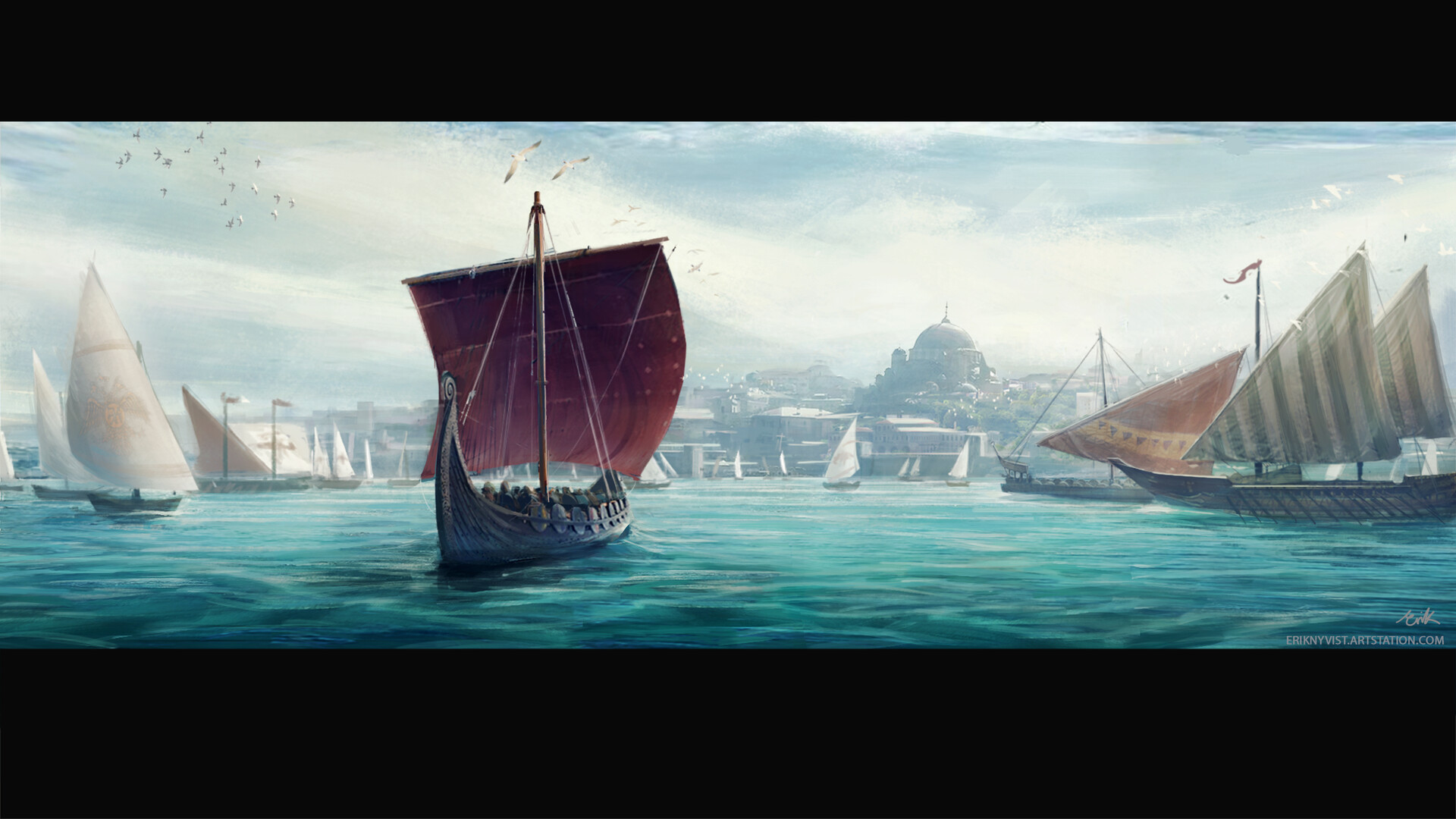 Water is the lifeblood of Rhomeia. Situated right off the coast of Scetia, the empire finds itself surrounded by the Great Divide on all sides. Its heartland is the Melian Archipelago, a chain of islands stretching over a hundred kilometres from north to south. Thousands of islands are part of it, some as large as entire countries, others so small they can barely hold a single house.
Tens of millions live between sun-scorched cliffs and roaring waves, the ancient capital metropolis of Rhomeia alone housing more people than entire nations. Trade from all across the world gathers in its many harbours, and some say that there is no place on earth that can match the riches moving through the archipelago in a single day.
Water is the lifeblood of Rhomeia. Situated right off the coast of Scetia, the empire finds itself surrounded by the Great Divide on all sides. Its heartland is the Melian Archipelago, a chain of islands stretching over a hundred kilometres from north to south. Thousands of islands are part of it, some as large as entire countries, others so small they can barely hold a single house.
Tens of millions live between sun-scorched cliffs and roaring waves, the ancient capital metropolis of Rhomeia alone housing more people than entire nations. Trade from all across the world gathers in its many harbours, and some say that there is no place on earth that can match the riches moving through the archipelago in a single day.
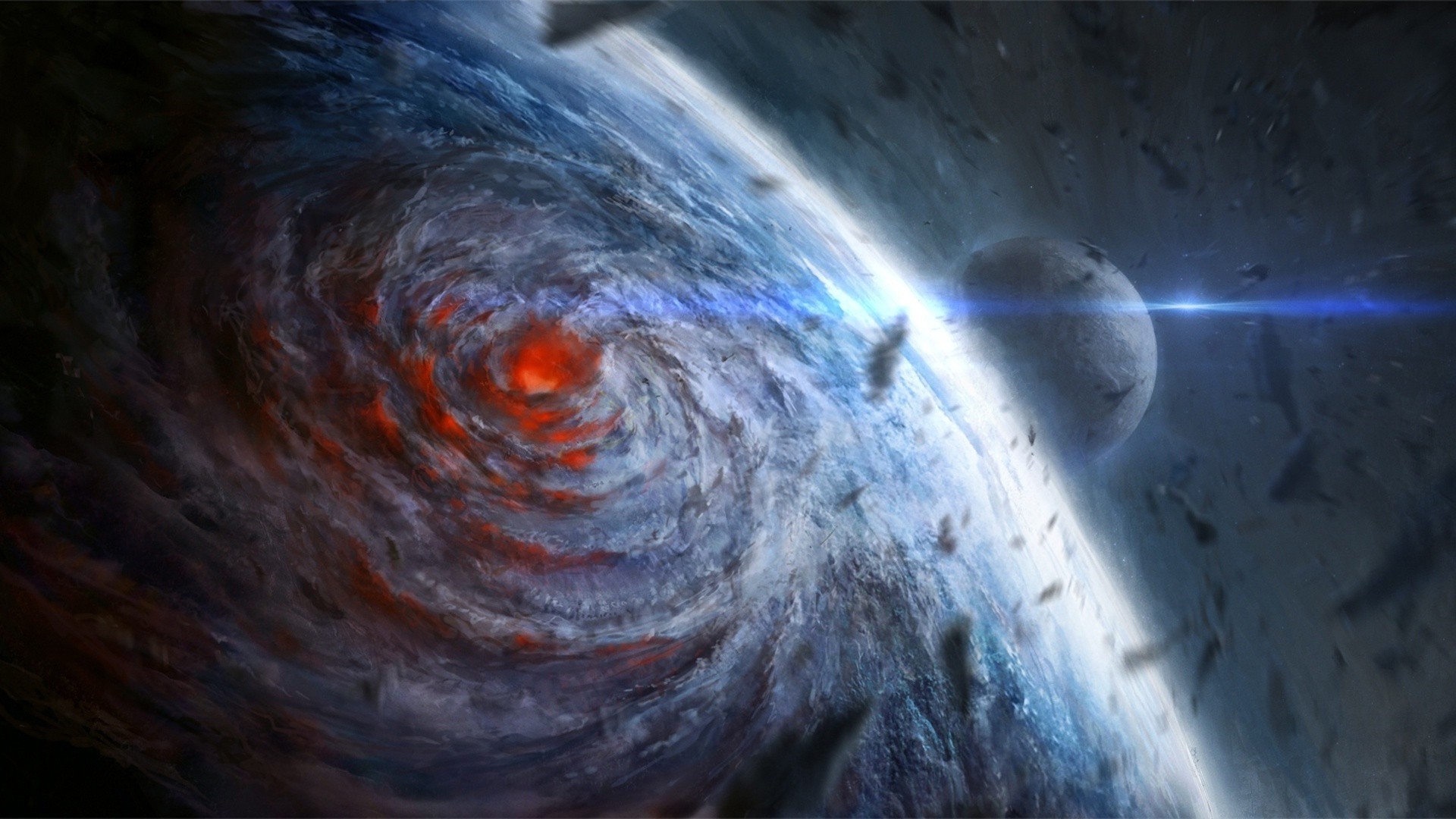 There can be no doubt that the Eternal Empire is the oldest surviving civilization in existence, proof of its presence stretching from the dawn of history to modern day. But just how old it is cannot be said. Rhomeian propaganda states that city and state have existed for over a thousand generations. But few actually believe such claims. What is sure is that Rhomeia was founded over 6.000 years ago, during the Golden Age of Mankind. It survived both the Age of Wrath and Oblivion, only to rise in the Dawn Age as the last of the world's ancient powers.
In the early Dawn Age, it enjoyed a period of dominance, establishing outposts and tributaries around the Divide. Many of its old colonies, most importantly the city of Methlan, were refounded in that time. But the rest of the world began to catch up, formerly subdued people grew bolder, and Barbarians made it to the gates of the Eternal City itself in 860 DA. But the final blow came in 1243 DA when the city of Methlan dared to challenge her mother and won. From that point on, Rhomeia was never to regain its dominant position.
In 1703 DA, Tarquinnia, greatest of Rhomeia's daughters, brought the Eternal Empire low. For the next five hundred years, it found itself ruled by stewards in the name of the Hegemony. What was left began to tear itself apart until a coalition of its former colonies restored order in 2601 DA.
The Empire was restored but as a commonwealth, for the daughters wished equality in position and power with the mother city. What followed was an age of moderation. Rhomeia remained restrained in the affairs of the wide world.
But the rise of the daughters was not to last. Slowly but surely, Rhomeia worked to achieve its old position of dominance, going so far as to ally with foreign powers to bring its unruly daughters to heal. By the early 31st millennium, the Empire was once again ruled solely by the Eternal City.
Now, as the year 3333 DA approaches, the old empire has once more turned into a slumbering dragon. With the rising of the Ethnarchs crushed, there is nothing to distract the realm from its ancient goal: to restore its dominion over all lands on the Divide.
The Fourth Pillar
But all the sophistication, judicial knowledge and political glory would be nothing without the might of the Rhomeian Imperial Army and Navy. Highly trained war machines, they trust in technological superiority and discipline to win the day even against seemingly insurmountable odds.
Although not as domineering a force as its counterparts in Vardania and Scetia, the Rhomeian army still holds sizeable influence in politics. Nobles and commoners alike seek military posts, for the Rhomeia's foreign ventures promise much in riches and glory. There can be no doubt that the Rhomeian Imperial Army is one of the finest military forces in the Known World.
It should not surprise anyone that the Eternal Empire is obsessed with its own past. Before Oblivion, the empire was one of the most advanced civilizations on earth. Its technology could move mountains and scorch nations, and what remains now is but a shadow of its former might. But every day, the Rhomeion claw themselves a bit closer. Be it through unearthing ancient ruins that once belonged to their empire or uncovering old documents in their archive of ten million books, Rhomeia's future lies within its past.
There can be no doubt that the Eternal Empire is the oldest surviving civilization in existence, proof of its presence stretching from the dawn of history to modern day. But just how old it is cannot be said. Rhomeian propaganda states that city and state have existed for over a thousand generations. But few actually believe such claims. What is sure is that Rhomeia was founded over 6.000 years ago, during the Golden Age of Mankind. It survived both the Age of Wrath and Oblivion, only to rise in the Dawn Age as the last of the world's ancient powers.
In the early Dawn Age, it enjoyed a period of dominance, establishing outposts and tributaries around the Divide. Many of its old colonies, most importantly the city of Methlan, were refounded in that time. But the rest of the world began to catch up, formerly subdued people grew bolder, and Barbarians made it to the gates of the Eternal City itself in 860 DA. But the final blow came in 1243 DA when the city of Methlan dared to challenge her mother and won. From that point on, Rhomeia was never to regain its dominant position.
In 1703 DA, Tarquinnia, greatest of Rhomeia's daughters, brought the Eternal Empire low. For the next five hundred years, it found itself ruled by stewards in the name of the Hegemony. What was left began to tear itself apart until a coalition of its former colonies restored order in 2601 DA.
The Empire was restored but as a commonwealth, for the daughters wished equality in position and power with the mother city. What followed was an age of moderation. Rhomeia remained restrained in the affairs of the wide world.
But the rise of the daughters was not to last. Slowly but surely, Rhomeia worked to achieve its old position of dominance, going so far as to ally with foreign powers to bring its unruly daughters to heal. By the early 31st millennium, the Empire was once again ruled solely by the Eternal City.
Now, as the year 3333 DA approaches, the old empire has once more turned into a slumbering dragon. With the rising of the Ethnarchs crushed, there is nothing to distract the realm from its ancient goal: to restore its dominion over all lands on the Divide.
The Fourth Pillar
But all the sophistication, judicial knowledge and political glory would be nothing without the might of the Rhomeian Imperial Army and Navy. Highly trained war machines, they trust in technological superiority and discipline to win the day even against seemingly insurmountable odds.
Although not as domineering a force as its counterparts in Vardania and Scetia, the Rhomeian army still holds sizeable influence in politics. Nobles and commoners alike seek military posts, for the Rhomeia's foreign ventures promise much in riches and glory. There can be no doubt that the Rhomeian Imperial Army is one of the finest military forces in the Known World.
It should not surprise anyone that the Eternal Empire is obsessed with its own past. Before Oblivion, the empire was one of the most advanced civilizations on earth. Its technology could move mountains and scorch nations, and what remains now is but a shadow of its former might. But every day, the Rhomeion claw themselves a bit closer. Be it through unearthing ancient ruins that once belonged to their empire or uncovering old documents in their archive of ten million books, Rhomeia's future lies within its past.
Maritime Nation

by Erik Nykvist
A Thousand Generations

by Chris Cold
Enlightened Monarchy
Few people will claim to truly understand the Rhomeian system of government. Its strange intricacies and complex contradictions, born out of 5.000 years of continued existence, make for a daunting sight:Grand Theocracy
Unlike many of its successor civilizations, Rhomeia never abandoned its old gods. Its rulers saw them as a useful tool and have carefully structured this church, the Eikoséan Church, to work hand in hand with the government. Yet the head of the Church, the Voskon, has managed to carve themselves a position that can even rival that of the emperor at times. Few Voskons would be foolish enough to be certain of that, however.
Unlike many of its successor civilizations, Rhomeia never abandoned its old gods. Its rulers saw them as a useful tool and have carefully structured this church, the Eikoséan Church, to work hand in hand with the government. Yet the head of the Church, the Voskon, has managed to carve themselves a position that can even rival that of the emperor at times. Few Voskons would be foolish enough to be certain of that, however.
Imperial Autocracy
Autocracy describes the Rhomeion system of government better than anything else. All power is concentrated in the emperor and only temporarily handed out. The Rhomeian Emperor is by far the most powerful monarch on earth in, at least going by how much control they have over their realm. As commander-in-chief, they are also responsible for all military affairs. That is, if said commander actually wants to lead or prefers to enjoy the luxuries of the palace.
Autocracy describes the Rhomeion system of government better than anything else. All power is concentrated in the emperor and only temporarily handed out. The Rhomeian Emperor is by far the most powerful monarch on earth in, at least going by how much control they have over their realm. As commander-in-chief, they are also responsible for all military affairs. That is, if said commander actually wants to lead or prefers to enjoy the luxuries of the palace.
Labyrinthine Bureaucracy
Below the emperor are thousands of men and women ready to turn their leader's wishes into reality. Rhomeian bureaucracy is one of the most expansive in the world. Hundreds of offices and thousands of rules need accommodation. Factions and individuals view for power, ready to betray a colleague at the mere chance of a slightly higher position. Despite this, the empire's administration manages to work smoothly, for the most part.
Below the emperor are thousands of men and women ready to turn their leader's wishes into reality. Rhomeian bureaucracy is one of the most expansive in the world. Hundreds of offices and thousands of rules need accommodation. Factions and individuals view for power, ready to betray a colleague at the mere chance of a slightly higher position. Despite this, the empire's administration manages to work smoothly, for the most part.
Primordial Culture
Rhomeion culture is the oldest surviving one in the Known World. And despite over four thousand years of changes, it has managed to retain much of its old core. Considering the sheer gulf of time, this is an impressive achievement but comes at a cost. To the other people on the Divide, especially those whose ancestry does not tie back into pre-Oblivion times, the Rhomeion are an alien people with characteristics that fit no known mould.The Right Place
In Rhomeion society, every person has their place. Their fate is determined throughout their childhood, a combination of carefully structured examinations giving a most thorough look at an individual's quality. At age 18, they then receive their mark and will join their pre-determined class. It is not a caste system in the known variant, as the only restriction is that one cannot leave it in life. Opportunity within a class is boundless, and even the poorest pauper can rise higher than the greatest of nobility or vice versa. Men and Women stand equal in every possible sense.
In Rhomeion society, every person has their place. Their fate is determined throughout their childhood, a combination of carefully structured examinations giving a most thorough look at an individual's quality. At age 18, they then receive their mark and will join their pre-determined class. It is not a caste system in the known variant, as the only restriction is that one cannot leave it in life. Opportunity within a class is boundless, and even the poorest pauper can rise higher than the greatest of nobility or vice versa. Men and Women stand equal in every possible sense.
To Last an Eternity
Another noticeable aspect of Rhomeion culture is their tendency to let things last. Be it debates or parties, Rhomeions will try their damndest to squeeze every possible second from it. The same can be said for their works, for the Rhomeion will strive to create the most enduring of things. From conserving food for years on end to building walls that stand nature's wrath throughout the centuries, a Rhomeion is only finished when their creation can last as long as their nation has. One should not confuse this attitude with slowness, however.
Another noticeable aspect of Rhomeion culture is their tendency to let things last. Be it debates or parties, Rhomeions will try their damndest to squeeze every possible second from it. The same can be said for their works, for the Rhomeion will strive to create the most enduring of things. From conserving food for years on end to building walls that stand nature's wrath throughout the centuries, a Rhomeion is only finished when their creation can last as long as their nation has. One should not confuse this attitude with slowness, however.
They should fear the day that Rhomeia regains all of its old memories. For when the Great Mother truly wakes, there is nothing short of another Oblivion that may save us.
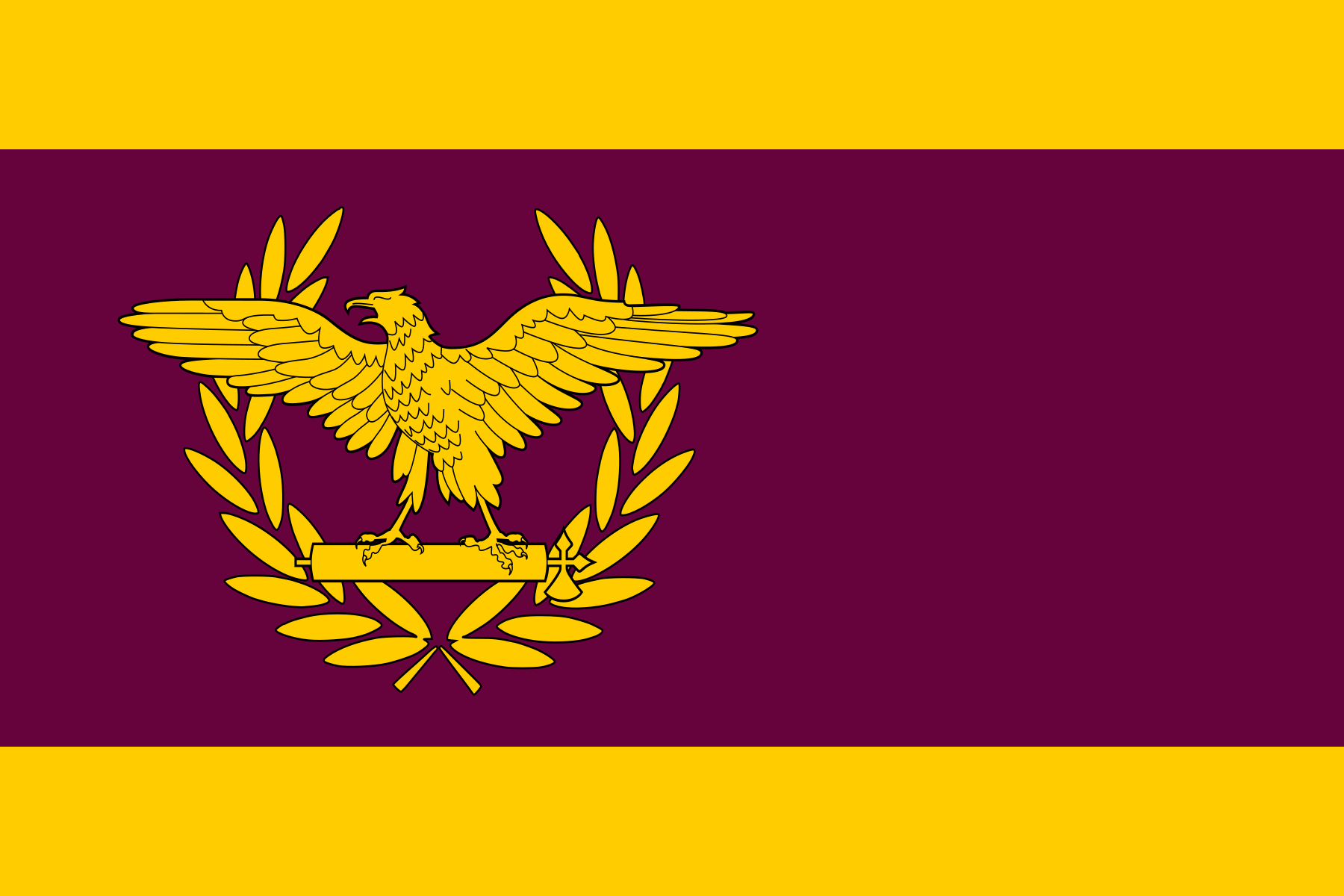
One Empire Eternal
Founding Date
Ca. 2000 years before Oblivion (~6000 years ago)
Type
Geopolitical, Empire
Alternative Names
Rhomeian Empire
Leader
Location
Related Ethnicities
Only a fool would underestimate the might of the Eternal Empire's military. Smaller in number than those of the other superpowers, it may be, but armed with ancient secrets, it has the potential to wipe out any who oppose them.
- Army: ~ 135.000 Soldiers
- Navy: ~ 750 Warships
- Marine Corps: ~ 28.000 Soldiers
- Acimia Vera - Goddess of Purity
- Tython - God of the Roaring Ocean
- Zeithon - God of Time
- Meithon - God of Knowledge
Remove these ads. Join the Worldbuilders Guild

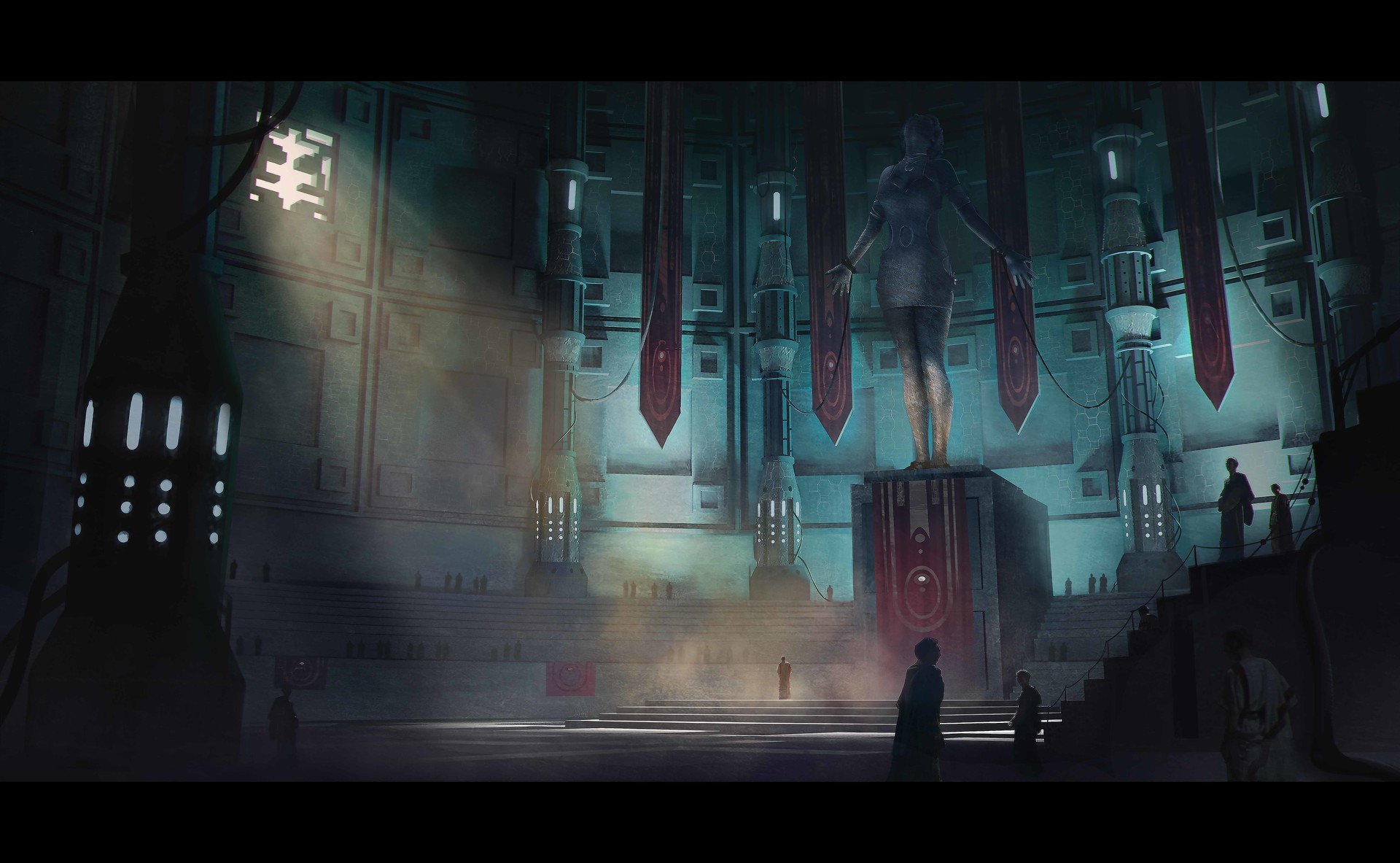
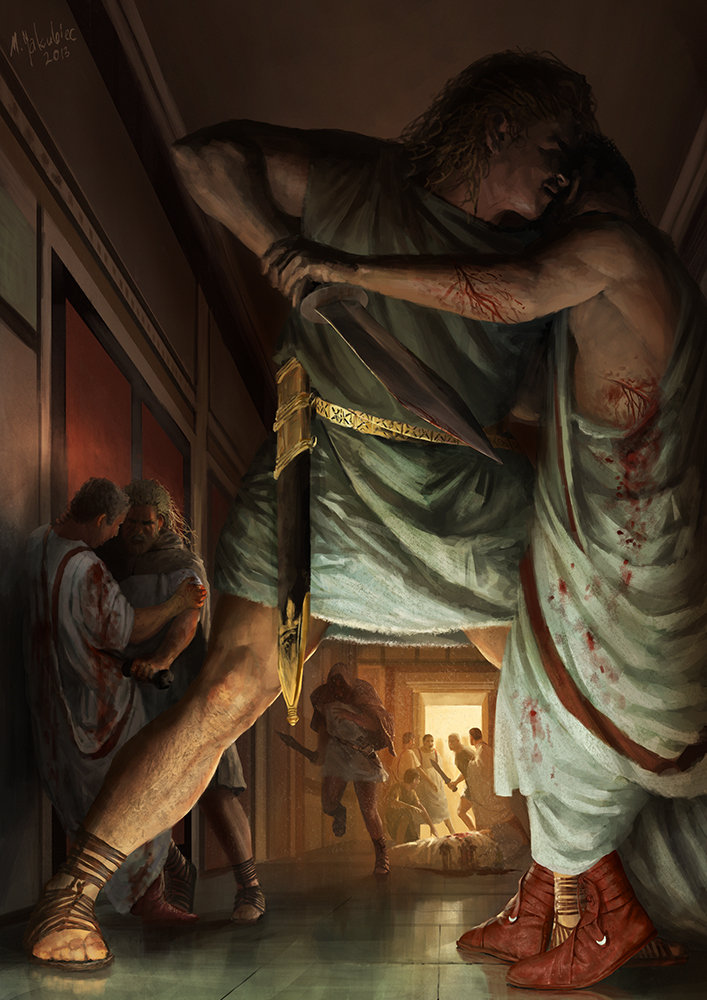
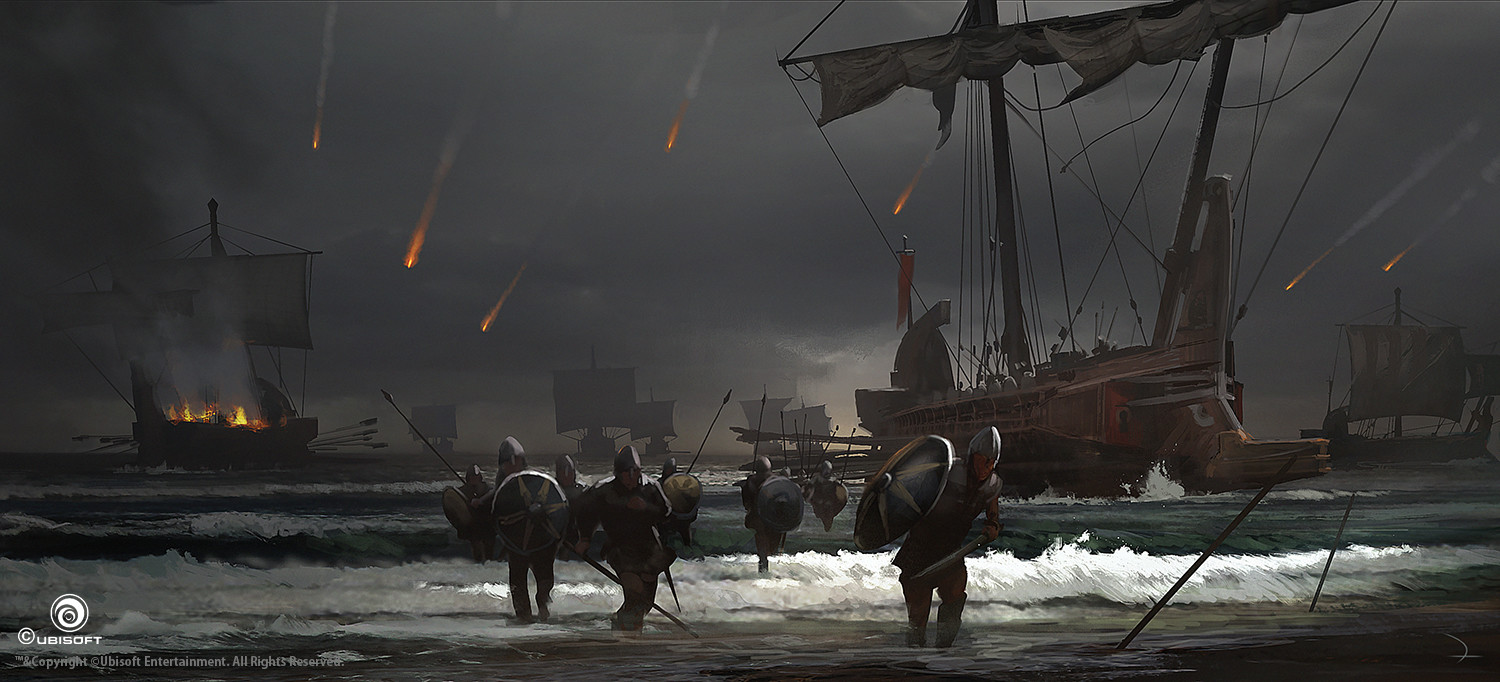

Really fascinating. They've been around such a long time! I love the bit about the fact their used to be hundreds of gods in the pantheon and now there is only about twenty. That's interesting. :)